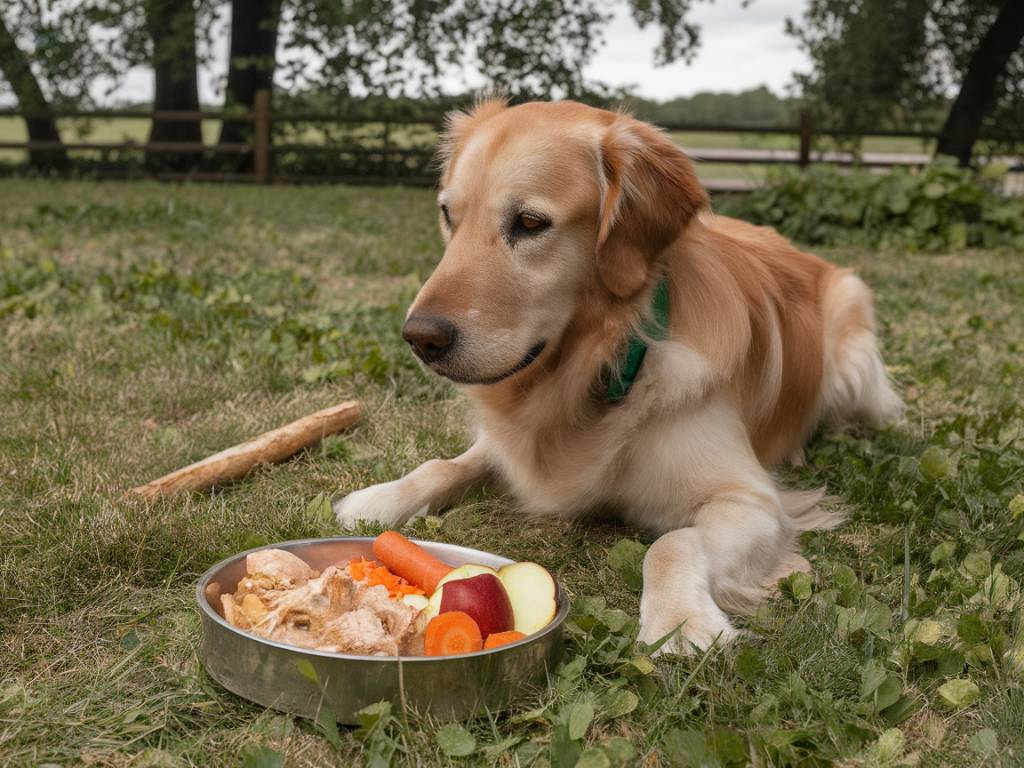« `html
As a pet owner, watching your dog turn up their nose at mealtime can be disheartening. A picky dog not only makes feeding time stressful but can potentially miss out on key nutrients necessary for their health. While all dogs may become selective with their food, understanding why and how to address this behavior will help ensure they maintain a balanced diet. Here are some strategies to transform your fussy eater into a satisfied diner.
Understanding Picky Eating in Dogs
Before addressing the issue, it’s essential to understand why your dog may be fussy with their meals. Several factors can contribute to this behavior, including:
- Health issues: Illness, dental problems, or digestive issues can cause changes in your dog’s eating habits. Always consult with your veterinarian to rule out any medical issues.
- Environment changes: Dogs are creatures of habit, and changes in their environment, like moving homes or new additions to the household, can lead to anxiety and appetite shifts.
- Food preferences: Some dogs simply have specific tastes and may be more selective about flavors, textures, or kibble size.
- Overfeeding treats: Frequent or high-calorie treats can fill your dog up, curbing their appetite for regular meals.
Introduce a Consistent Feeding Routine
Dogs thrive on routine, so establishing a consistent feeding schedule is crucial. Serve meals at the same times daily and limit feeding times to about 20 minutes. Removing the bowl if your dog hasn’t eaten can teach them that mealtimes are not indefinite. This routine helps them anticipate and adapt to regular meal consumption.
Make Mealtime More Engaging
If your dog finds eating monotonous, make mealtime more exciting by changing how you serve their food. Consider the following methods:
- Interactive feeders: Puzzle feeders or slow-feeder bowls can stimulate their minds and make eating an engaging activity.
- Rotation diet: Rotate different high-quality dog food flavors and types to keep them interested. Introduce new flavors gradually to avoid digestive upset.
- Hand feeding: If your dog loves interaction, try hand-feeding them at mealtime to create a bonding experience.
Experiment with Tasty Add-Ins
Enhance your dog’s meal with flavorful but healthy additions to make their food more appealing. Here are some nutritious options to try:
- Warm broths: Add low-sodium chicken or beef broth to their kibble for flavor and hydration.
- Vegetables: Try boiled carrots, green beans, or pumpkin, which can improve taste and provide additional nutrition.
- Meat toppers: Small amounts of cooked chicken or turkey can entice dogs with meaty flavors.
Be cautious not to add table scraps, spices, or ingredients that might be harmful to dogs, such as onions or garlic.
Choose High-Quality Dog Food
Your dog’s food should be both nutritious and delicious. Look for brands with high meat content, no artificial additives, and balanced nutrients. Read ingredient labels carefully and consider your dog’s specific dietary needs, such as grain-free options or foods designed for specific life stages, breeds, or health conditions. If in doubt, consult your vet for recommendations tailored to your dog’s needs.
Provide Proper Portion Control
Ensure you are feeding the appropriate amount of food based on your dog’s size, age, and activity level. Overfeeding can lead to weight problems, while underfeeding can result in nutritional deficiencies. Adjust portion sizes as needed and regularly weigh your dog to ensure they are at a healthy weight.
Reduce Distractions During Mealtime
Create a calm, quiet environment during feeding. Reduce distractions like other pets, loud noises, or unfamiliar people, which may cause stress or deter your dog from eating. In multi-pet households, feeding dogs separately may prevent competition and encourage them to eat.
Seek Professional Advice
If your dog’s picky eating persists despite trying these approaches, seek guidance from a veterinarian or a pet nutritionist. Persistent appetite issues may signal underlying health problems or require specific dietary adjustments to meet nutritional needs best.
Feeding a picky eater can be a challenge, but understanding the reasons behind your dog’s selectivity, and taking proactive steps, will ensure they enjoy their meals and maintain a healthy, balanced diet. Applying these strategies can transform stressful mealtimes into happy, harmonious occasions for you and your furry friend.
– Lisa Tissed
« `

